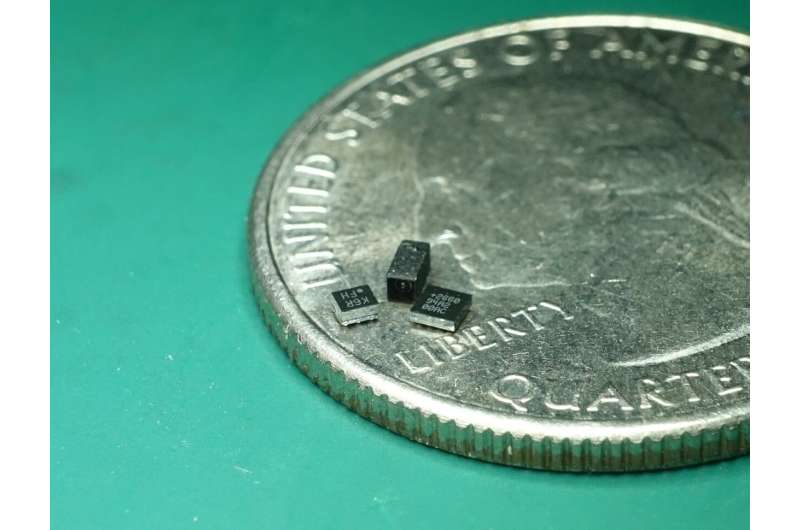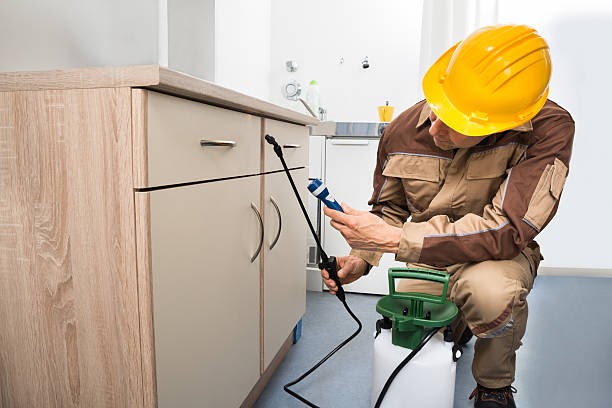Share that
items
You are free to share this article under the Attribution 4.0 International license.
Tracking their evolution shows that termites do a lot more than just eat wood and destroy houses, other buildings and trees, researchers report.
“The fact is, termites are largely misunderstood and remain major ecological engineers,” says Thomas Chouvenc, assistant professor of entomology at the University of Florida / Institute of Food and Agricultural Sciences at the Fort Lauderdale Research and Education Center.
“Of the estimated 3,000 species of termites, a tiny number is responsible for such destruction. More importantly, most species of termites don’t even eat wood. “
Chouvenc led a team of scientists who put together a complex puzzle about the evolution of the insect, arguing that it was an extremely diverse and important group of insects.
“Technically speaking, termites are a type of derived wood cockroach,” says Chouvenc, since this ancestor of the group of insects is nested within the cockroaches. “However, termites have undergone remarkable diversification over millions of years of evolution, making their biology very different from that of the other cockroaches.”
Termite babysitters
About 150 million years ago, a termite precursor that lived in a monogamous family unit used a special microbe in the gut to digest wood and exhibited critical behavior: mouth-to-mouth transfer of intestinal fluids that enabled the transfer of intestinal fluids such symbionts from parents to offspring.
Since juvenile insects were sheltered in a rotting tree trunk, they looked after their younger brothers and sisters. This behavior resulted in the ancestor becoming one of the first fully social organisms on the planet.
Termites, considered eusocial species in the same vein as ants, bees, and wasps, have evolved only a few times and represent spectacularly successful social structures in which individuals work together to raise offspring and demonstrate reproductive division of labor.
Once eusocial was achieved in the first termite, a series of adaptation and extinction events could create a deluge of innovative traits, followed by a tremendous increase in biodiversity that swirled its development path away from a typical cockroach, says Chouvenc.
“The problem is that we can only study the biology of living species, which are all termite species that have survived extinction and survived evolution,” says Chouvenc. “Reconstructing the evolution and diversification of termites over millions of years therefore remains a challenge because we are missing so many pieces of a very complex puzzle in which most species became extinct.”
The Termitidae line changed everything
In the past 15 years the picture has cleared up with new fossil discoveries and improved genetic analysis. In the new study in Cellular and Molecular Life Sciences, Chouvenc and colleagues have re-compiled the key evolutionary events that shaped insect diversification from the emergence of sophisticated chemical and mechanical defense mechanisms to the rise of the most complex insect communities.
“However, in connection with the great extinction around 65 million years ago, one termite line changed everything,” says Chouvenc.
This line of termites known as Termitidae, a family that lost the symbiotic microbes in all other termites’ bowels and switched to other types of microbial symbiosis, changed the way they digest things.
As a result, Termitidae is the most diverse group of termites on earth today, accounting for 70% of all known termite species. Some species now rely on mushroom culture to grow their own colony, while most other species of termites have given up feeding on wood entirely as they feed on layers of soil. Such bottom eater groups now make up more than 60% of all termite species.
Diet change
Chouvenc says the one key question that is still open: How did the Termitidae ancestor lose its original microbial gut symbionts? The new study shows two possible scenarios that could explain this evolutionary shift.
“First, the externalization of digestion into a fungal or bacterial comb in the reuse of feces may have resulted in the loss of the initial symbiosis,” says Chouvenc. In other words, instead of digesting wood, they fed on the fungus that digests the wood.
“Alternatively, changing the diet to low-wood soil layers forced the loss of symbiosis and a change to a much more efficient relationship with different microbial communities,” says Chouvenc.
“While there are still many unanswered questions about termite development and diversification, it has become clear that most termite species are doing something other than just eating someone’s house,” added Chouvenc. “A fundamental change in their microbial symbiosis was responsible for this.”
Source: University of Florida






